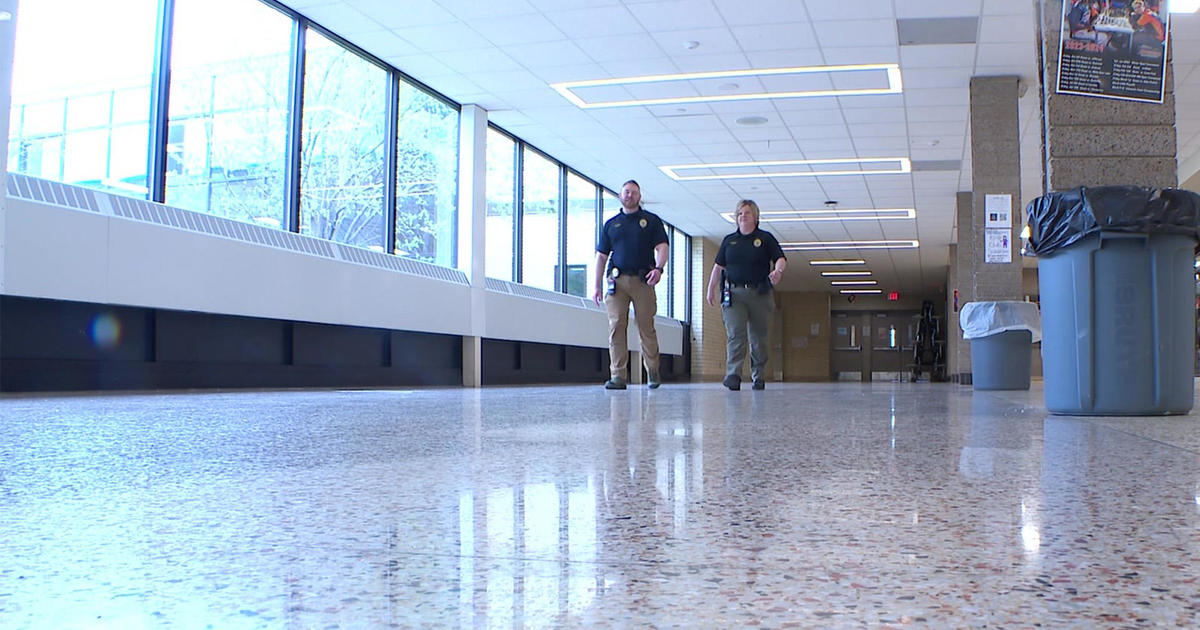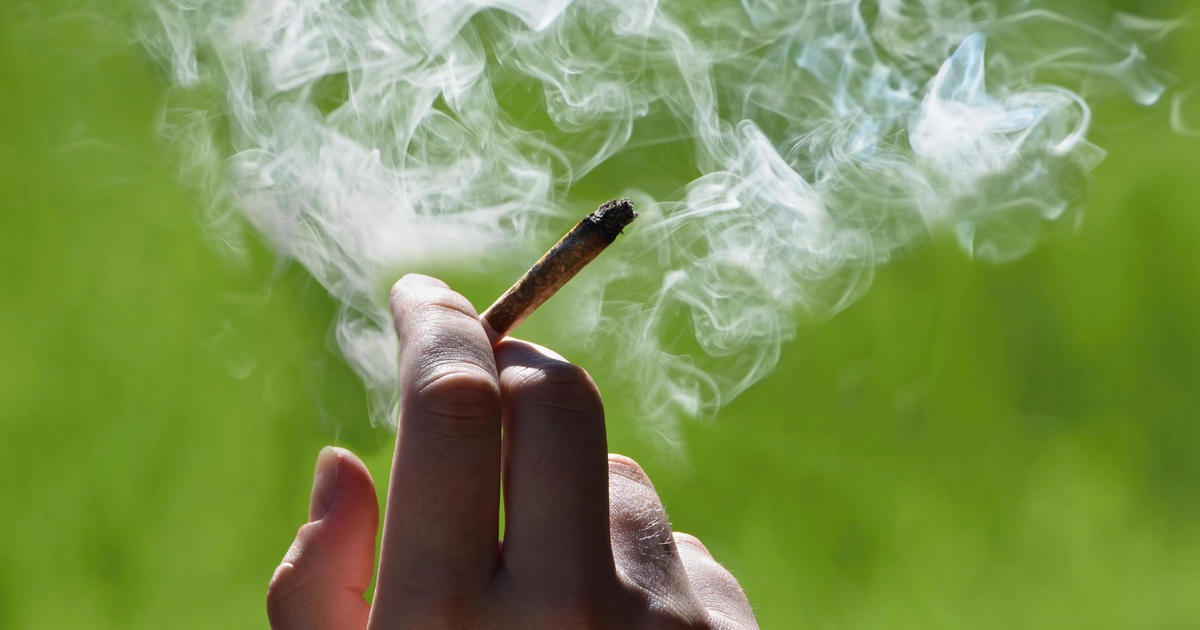What Do You Need To Know About Radon? Good Question
MINNEAPOLIS (WCCO) - When Raven and Mike Baker-Jones moved to Golden Valley last year, they asked their home inspector to test for radon. Since 2014, Minnesota sellers have been required to notify buyers of radon levels in homes.
"It was definitely a priority for us, because it was a safety risk," said Raven.
Their level came back at 7 pCi/L, which is above the EPA's recommended level for action of 4 pCi/L.
According to the EPA, it also recommends Americans consider fixing their home for levels between 2pCi/L and 4 pCi/L because there's no known safe level of exposure to radon.
"Overall, Minnesota has high levels of radon," said Dan Tranter, supervisor of the indoor air unit at the Minnesota Department of Health.
In Minnesota, an estimated 40% of homes have "dangerous" levels about 4 pCi/L. That's compared to a nationwide rate of 7%.
"It has to do with what's naturally present in the geology of the soil. We naturally have more radon in our soil than most of the country," Tranter said.
Radon is a gas that's found in the soil. People can't see it or smell it and it can be drawn up into home through the cracks, gaps or openings in a foundation.
Because of cold weather, Minnesotans also keep their homes closed up for a large portion of the year, which allows for radon to build up.
According the EPA, radon is the number two cause of lung cancer in the U.S, behind smoking. It is responsible for 21,000 lung cancer deaths a year.
Right now, the Minnesota Department of Health estimates between 1% and 1.5% of Minnesotans test for radon each year. They'd like that rate to be closer to 20%.
The radon testing recommendations are as follows:
Every 5 years – if you've tested in the past
Every 2 years – if you have a mitigation system
Or when you makes changes to the heating or cooling system
Test kits are available in a number of places, including hardware stores, certain cities, and counties or through private companies. The Minnesota Department of Health lists locations on its website.
If a test comes back with an elevated level, the MN Department of Health recommends hiring a licensed radon mitigation professional to install a mitigation system. The costs generally runs between $1,500 and $2,500.
Each house's mitigation will be different, but that generally means drilling a hole in the basement, digging out 15 gallons of soil as well as installing piping and a fan.
"The pit takes enough negative pressure away in the house so where the radon can funnel through the pipe," said Tyler Scott, a regional manager for One Day Radon.
For the Baker-Joneses, the cost is worth it.
"I just want to make sure where I live and where I have my family and my house," said Mike. "I want to make sure it's a safe place."



